🔹 Key Features and Benefits
✅ High-Precision Molding Produces uniform and detailed cast components with minimal material waste.
✅ Compatibility with Various Materials Supports a wide range of plastics including ABS, PVC, PET, and synthetic polymers.
✅ Automated Control System PLC-based control technology ensures optimized injection speed, pressure, and cooling cycles.
✅ Energy-Efficient Performance Designed to consume low electricity while maintaining maximum productivity.
✅ Heavy-Duty Construction Built with reinforced steel components, ensuring long-term reliability and stability.
✅ Safety and Quality Assurance Equipped with temperature monitoring, pressure control, and emergency stop functions for safe operation.
🔹 Overview of the Injection Molding Process
1️⃣ Material Preparation and Loading Plastic pellets are heated and liquefied for precise injection.
2️⃣ Injection & Shaping The molten material is injected into the mold at high pressure, forming the desired shape.
3️⃣ Cooling and Solidification The molded product is cooled and hardened to maintain structural integrity.
4️⃣ Product Ejection and Final Inspection The finished product is ejected and inspected to ensure quality before packaging.
🔹 Applications of Injection Molding Machines
🔹 Automotive and Industrial Components Used for dashboards, electrical casings, and mechanical parts.
🔹 Medical and Healthcare Products Ideal for syringes, laboratory tools, and protective equipment.
🔹 Consumer Goods & Packaging Supports plastic containers, household items, and electronic device housings.
Injection molding machines are designed for precision, efficiency, and versatility, making them indispensable assets for large-scale manufacturing and specialized production needs.





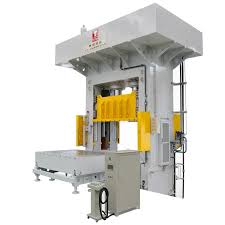
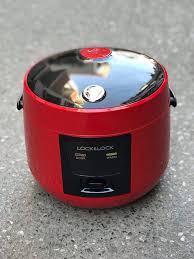
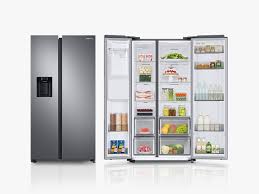
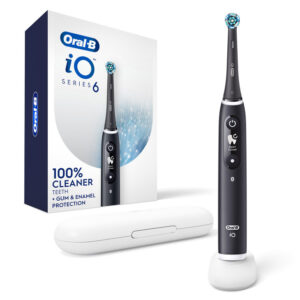
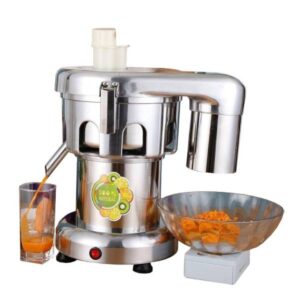
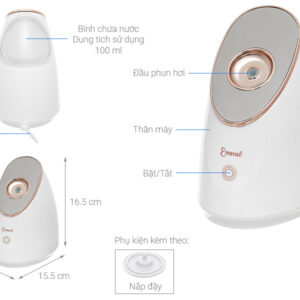

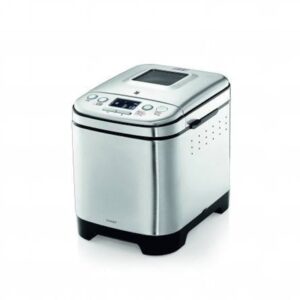
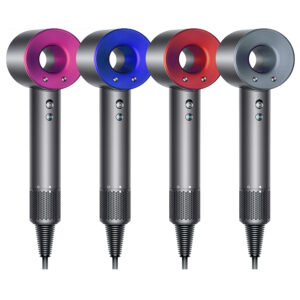



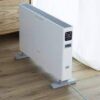
Reviews
There are no reviews yet.